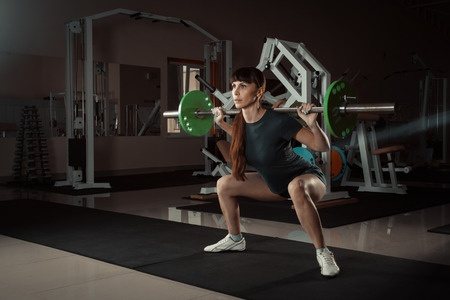Internal rotation and external rotation have a very important role in exercise programming…
Your humeral and femoral joints both have many muscles attaching all around them like wires supporting a circus tent.
As you move your limbs in the sagittal (forward and back) and frontal planes (side to side) your body recruits and contracts the muscles that are in line with the movement needing to be done. This is generally flexion/extension in the sagittal plane and abduction/adduction in the frontal plane.
You naturally rotate your joints slightly when moving to reach for something or change direction when walking. If the muscles that perform that motion best are weak from underuse, your body will compensate and call upon the stronger muscles. Your body has many options!
Each hip has 21 muscles it can recruit for movement.
Efficiency
The body wants to get the job done for the brain. It does what your brain asks in the fastest way possible. You don’t have to stop and orchestrate movement every time you want to change body positions. Thank goodness! That’s why bicep curls sometimes look different on each arm and why some people swing their body to get the weight up.
Ensure that all your muscles are strong and ready when they are called upon.
It’s as easy as adding internal and external rotation to various movements.
 Ignore the “rule” of having your feet facing forward perfectly during a squat. How many people do you see walking with their feet facing perfectly forward?
Ignore the “rule” of having your feet facing forward perfectly during a squat. How many people do you see walking with their feet facing perfectly forward?
When people run and participate in various sports, their feet turn in all different directions, so it’s smart to train them that way (unless a medical doctor has given restrictions). As a progression from the feet facing forward, try turning the femurs in or out slightly during squats, deadlifts, hamstring curls, quadricep extensions, etc. to get a different angle on the exercise, literally.
When you change the angle of a joint during an exercise, you change the muscles being utilized.
When doing bicep curls, tricep extensions and lateral deltoid raises, rotate the humerus slightly in and out to see how it changes the muscles being recruited. When studying the attachments of the various muscles at each joint, it becomes more clear why this is beneficial.
Having knowledge about the many muscles in the body and not just the “popular ones” is what makes the difference between a personal trainer and a professional trainer.
As you change the position of the joint you might notice that one side is stronger than the other. This is great! It gives you a specific area to work on and can explain compensation patterns or larger weaknesses in the body.
Sometimes the body will slightly internally or externally rotate a joint to call upon the strongest muscles for the movement, no matter how many cues you give. This is great unless one side is doing it differently than the other. Work to find as much symmetry in the body from right to left side as possible. Not perfection, just a little more than you have right now.
Variety is easy to achieve when working with the human body and it’s 600 muscles. There are so many options available. Variety is the spice of life and the key to exercise programming.
Want to learn more about anatomy, mobility, and movement? Check out NFPT’s Anatomy Fundamentals Course. You’ll learn muscle attachments in an interactive way that helps you apply the methods talked about in this article.
[info type=”facebook”]Join the Facebook Community Group to meet other trainers.[/info]
Beverly Hosford, MA teaches anatomy and body awareness using a skeleton named Andy, balloons, play-doh, ribbons, guided visualizations, and corrective exercises. She is an instructor, author, and a business coach for fitness professionals. Learn how to help your clients sleep better with in Bev's NFPT Sleep Coach Program and dive deeper into anatomy in her NFPT Fundamentals of Anatomy Course.

